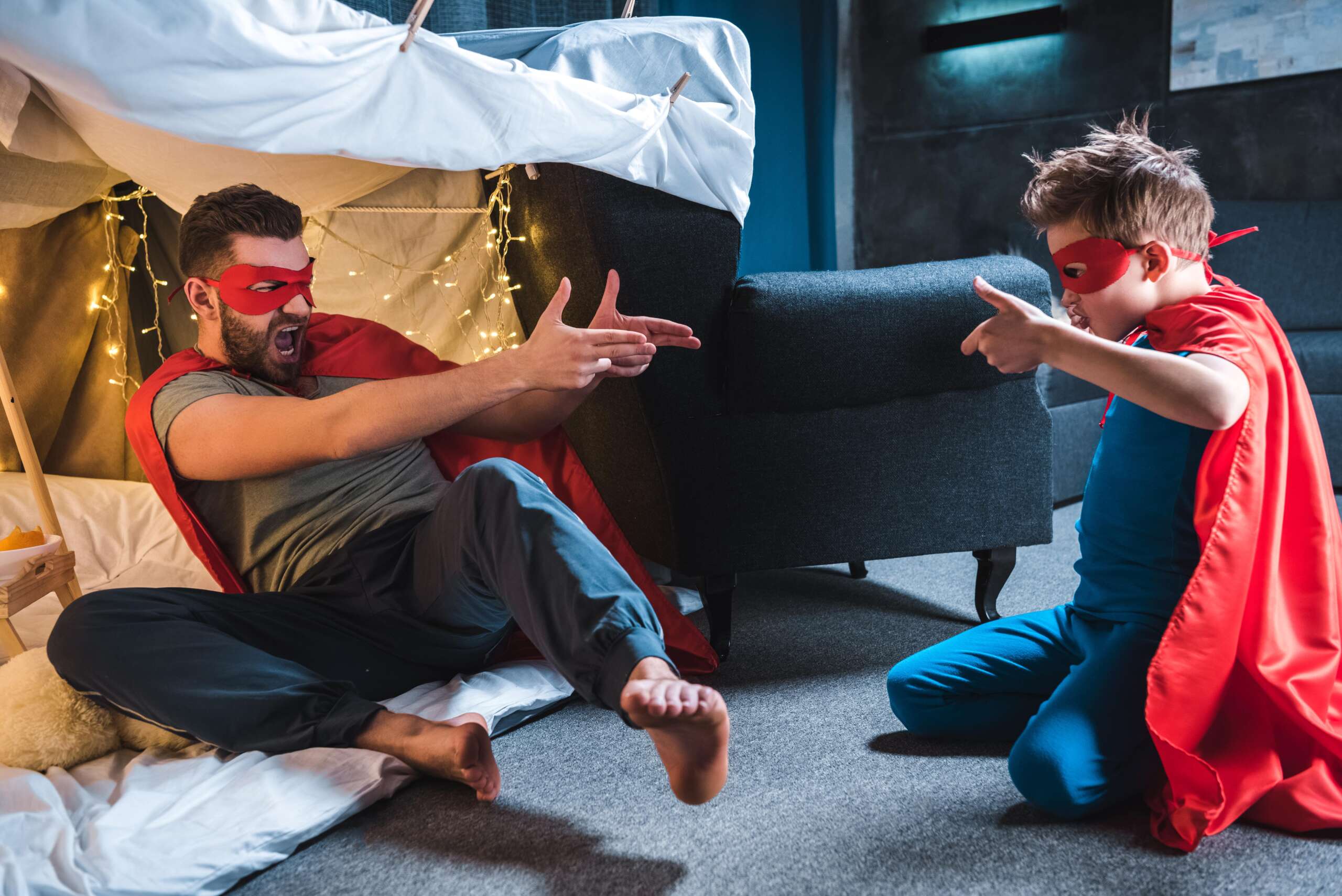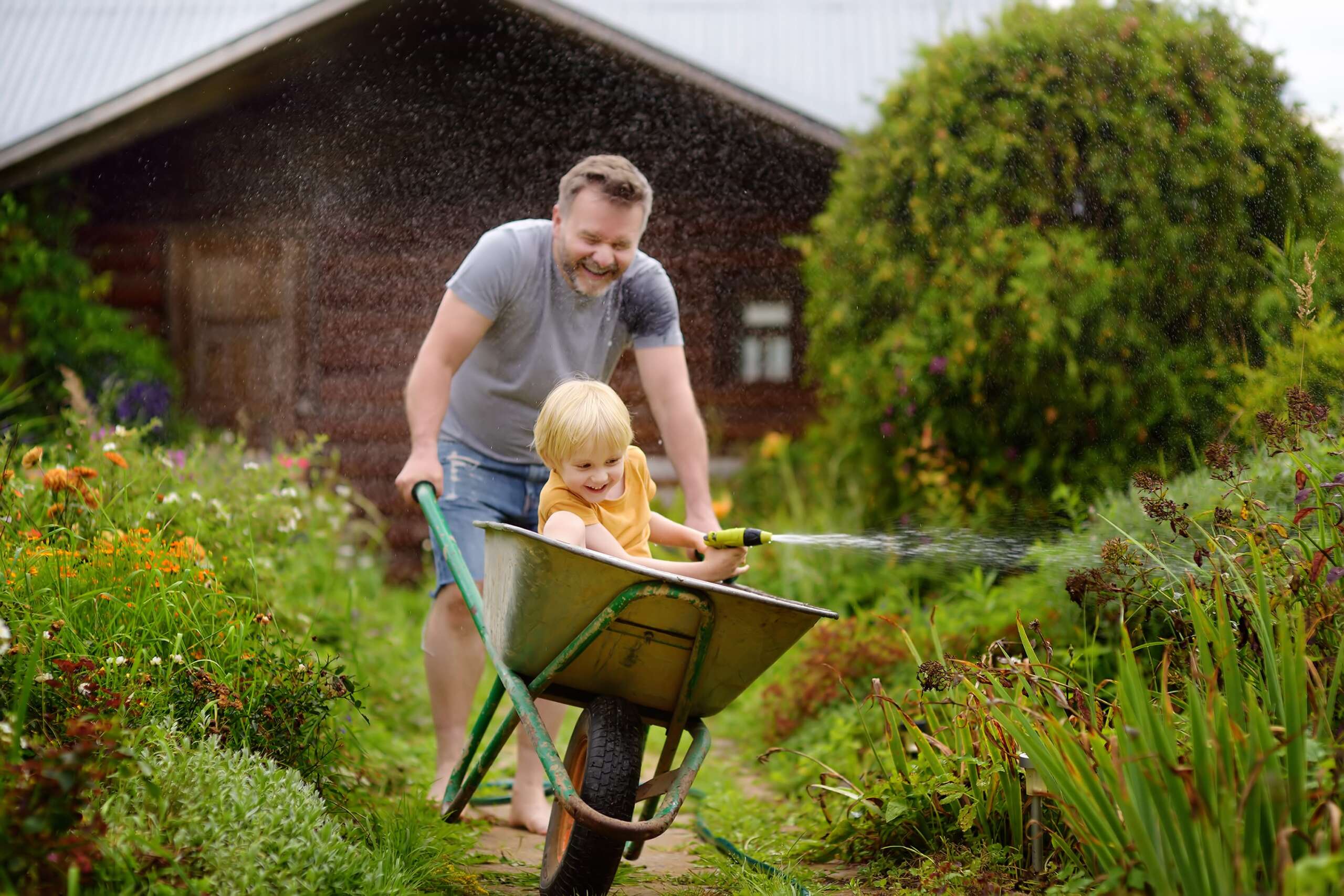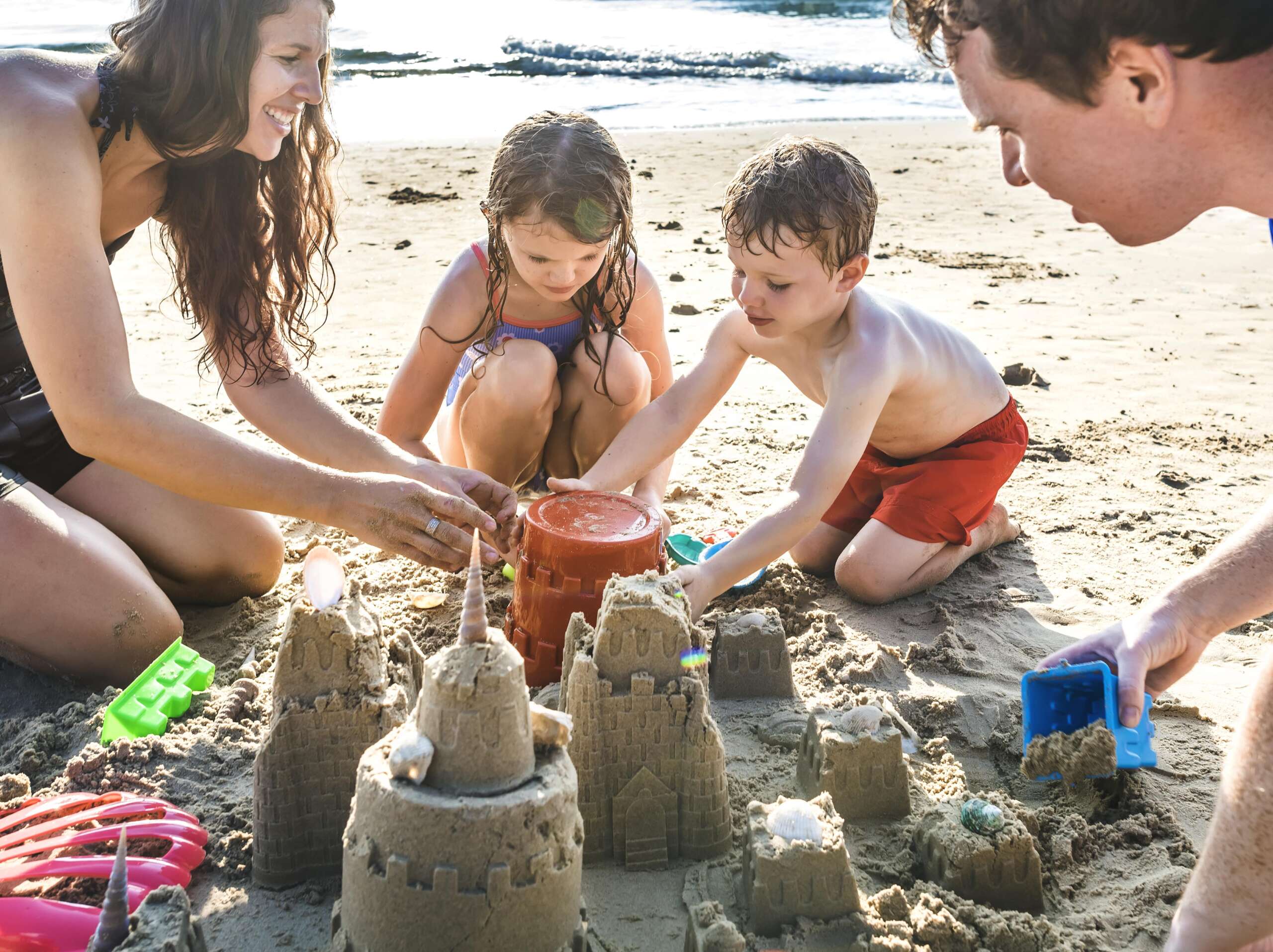“Mr. Juhant, can we set off some explosives today?” a boy at the youth camp asked me, his eyes gleaming with excitement.
Most educators and parents in my position would say: “EXPLOSIVES?! NO! THAT’S DANGEROUS!”
But when children come to me with a “crazy” idea, I never say no. Because, often, behind those ideas is the potential to create a happy child.
This desire for this hands-on, experiential learning also resonates with the essence of the popular Montessori method, embraced by many parents.
“What do you mean you never say no? Kids can’t just do whatever they want.”
“Isn’t that wrong? Won’t they become spoiled?”
“Are you one of those educators who never use the word ‘no’ with kids?”
No, it’s not wrong, and no, I’m not one of those educators.
I am, however, the kind of educator who always tries to use these “crazy” ideas for learning and development.
That’s why today I’ll explain to you how I do that with only three words, while still maintaining order, safety, and creativity!
What does “we want to set off explosives” actually mean?

Classic dynamite explosions would, of course, be dangerous and harmful to nature.
But it’s important to understand that when children say they want to set off explosives, they don’t necessarily mean literal fiery explosions that adults immediately think of.
They want something fun to happen.
They want a big BANG.
They want to do something together.
They want to experience something they haven’t before.
They want to feel like grown-ups.
If my response were NO, the spark in their eyes would fade away.
Their eyebrows would scrunch up in a grimace, their gaze would shift towards the ground. Inspiration would turn into sadness.
And nobody wants that.
Similarly, you don’t want children to pursue such ideas secretly and on their own, without supervision or boundaries.
That’s why my response to such inquiries is always: yes, but how?
I allow it, but I also get involved. I encourage, but I monitor and assist.
Every idea can be executed in a different, safer way that can still excite, motivate, and teach children something new.
Yes, but how?

These are the three magical words that instantly light up a child’s face, causing their smile to stretch from ear to ear.
Sometimes, I ask them: “How can we do this while ensuring safety and not causing harm to nature?”
The essence of this dynamic is to satisfy the child’s curiosity and bring their idea to life while immediately stepping into the role of a supervisor.
You help when assistance is needed, ensure they don’t engage in anything dangerous, provide guidance, and ensure a safe and successful execution of the project.
Do you remember the boy who wanted to set off explosives? We actually did it.
All we needed was a bottle of Coca-Cola and Mentos candies.
It wasn’t a fiery explosion, but it was still fantastic. No one was disappointed.
The Coca-Cola cap flew high into the air, there was a loud POP, the foam sprayed, and the campers were thrilled!
And despite collaborating and enabling children to conduct such experiments and explorations for many years, I never lost a child in an explosion, none drowned, and none demolished the camp.
From these “crazy” ideas, exciting lessons in chemistry or physics often pop up, sparking critical thinking and creating lifelong memories filled with laughter and fun for kids.
However, many parents and educators miss out on these golden opportunities.
How often do you say “no” to your child?
- “No, you’re too young for that.”
- “No, that’s nonsense!”
- “No, you’ll make a mess!”
- “Absolutely not, you’ll ruin something!”
- “No, that’s too dangerous!”
How often do you reject and suppress a great idea with tremendous learning potential? And how often does that transform your child’s smile into resistance, tears, and withdrawal?
What stops you? Are you afraid of noise, dirt, or maybe a torn piece of clothing?
What will happen? “Everything will get messy!”
I understand that after a tiring week, you might prefer watching a good movie rather than making soda and candy bombs, painting, crafting boats and shelters…
But in those moments, try to remember yourself at their age.
Recall how children explore the world through such experiences.
They test their environment, unleash their creativity, fuel their inner motivation, and build self-confidence; that’s how happy children interact with their surroundings.
You have outgrown those playful and curious years, while they are exactly at the stage when they need it most.
At the same time, every time they tug at your sleeve, they seek your validation and affection.
If they don’t receive it from you, they will seek it elsewhere.

If you constantly respond with “no,” that eager tugging will eventually fade away.
They will feel that you don’t understand, don’t consider their needs, and don’t listen to them.
Their desire for adventure, new experiences, and their curiosity will seek fulfilment elsewhere.
Perhaps even in places where it’s least desirable – on the internet.
Because on YouTube, they can watch videos of crazy explosions they’re not allowed to create themselves.
But believe me, it won’t be the same, they won’t be happy in the end.
Children crave the excitement of getting their hands dirty and the joy of shared experiences–that’s the only secret you need to know when it comes to raising happy children.
That social component is powerful.
Through experiences and adventures, accompanied by a parent, children not only learn valuable skills but also create cherished memories.
Imagine this: you and your child decide to paint the living room. You roll up your sleeves, pick up a brush, and dive into the transformation together.
After hours of painting, you both step back and admire your work. Mom rewards herself with a well-deserved beer, while the kid enjoys a refreshing juice. Sitting side by side, both of you relish the moment, basking in the pride of your accomplishment.
As you sip your drinks, you look around at the newly painted walls and say, “Now we have a completely new apartment!” The feeling of achievement and togetherness fills the room; because a happy parent = happy child.
That kind of beautiful and unforgettable experience simply cannot be replicated on the internet. You have to get your hands dirty and feel the tiredness in your muscles.
These are the events that bring families closer together. These are the moments that will be treasured and recounted for years to come.
With the phrase “yes, but how,” you can establish authority and cultivate better relationships.

At winter camp gatherings, when parents inquired about their children’s experiences at summer camps, the response was unanimous: “Yeah, it’s absolutely awesome!” But what made it so extraordinary? The answer was simple: “Because the captain always says YES.”
Yes, that’s right, they call me “captain” at camp. But I didn’t come up with that nickname myself, and I didn’t earn it on the first day.
You can’t command or force it, nor can you determine it in advance.
You have to prove yourself to the children, give them something, earn their trust.
And “yes, but how” is one of the ways you establish your place in the “pack”.
With this response, you create excellent opportunities to establish or maintain authority and build a better relationship in a positive way.
Be their guide to safe exploration, nurturing confidence, and creating a world of excitement and joy. Together, you’ll discover endless wonders and grow side by side.
Embrace the occasional dirty wall, a scraped knee, or a messy garden—because, I assure you, it’s all worth it in the end.
Being the “captain” is not just about fun. It’s hearing that people say you’re funny, fair, and all-around cool.
This kind of relationship, where you are an authority, a role model, and a “cool” person at the same time, is truly the best way to raise a child.
It’s the epitome of a healthy and thriving family dynamic, where honesty, trust, and mutual growth flourish. Within this framework, children can truly thrive and reach their full potential.
With such rock-solid relationships, the chances of your child getting into trouble and keeping it a secret from you become slim to none. They won’t feel the need to explore wild experiences with the wrong crowd, dabble in dubious substances, or embark on alcohol-fueled adventures. The bond you’ve built will keep them on the right path.
And the first step towards that is asking – “yes, but how?”
“Use your brain, make a plan, and I’ll be there to help.”
“Yes, but how” opens many doors.

Get ready for incredible surprises as you nurture your child’s curiosity and dive into adventures together.
- They will come running to you more frequently with their ideas.
- You’ll weave a stronger bond based on adventure, creativity, and respect.
- Your child will discover new skills, perhaps even their own mastery.
- They will experience a sense of safety, significance, and involvement at home.
- Whenever they face a challenge, you’ll be their first call for help.
- They’ll be more motivated in school and household tasks.
- They’ll spend less time in the virtual world because the real world becomes more captivating.
Not to mention the wonderful memories, captured moments, laughter, and tears of joy in their eyes.
But don’t just take my word for it.
Put these three words into practice this week.
Don’t wait for a new idea, or the next best parenting advice.
Remember the unusual idea you recently squashed.
Ask your child:
“Hey, I’ve been thinking about your boat idea. What if we bring it to life this weekend? But first, tell me how we can do it safely?”
In an instant, you’ll see the wheels turning in their head.
And soon enough, THEY will plan how to make the idea a reality – you’ll simply be the cheerleader, teacher, and supervisor.
To become the ultimate cool parent, go ahead and suggest an “outrageous” idea that they might think is “way beyond their age”.
- Build a boat out of popsicle sticks.
- Let them paint their room however they like.
- Start constructing a forest shelter together.
- Use a saw and drill to create a new kitchen table.
- Bring them a drywall panel and let them paint on it to their heart’s content.
The simple shift of saying “Yes, but how?” can make a world of difference in your parenting journey and help you raise a smart and happy child.
Try it out today!
Sending you warm wishes,
Marko Juhant




